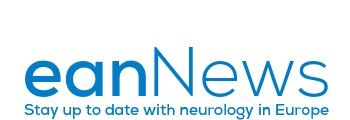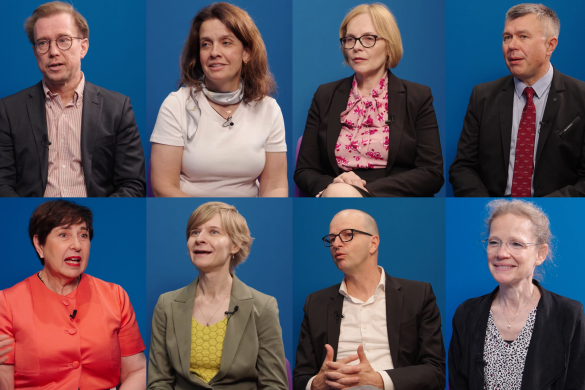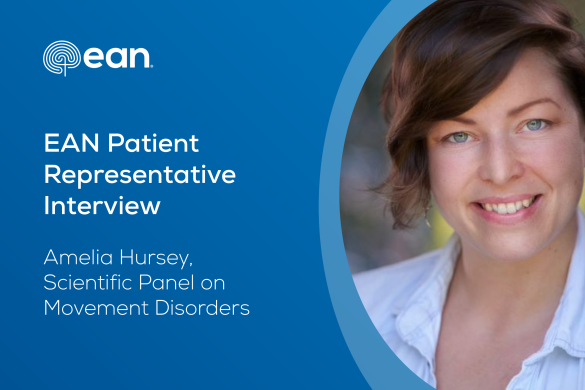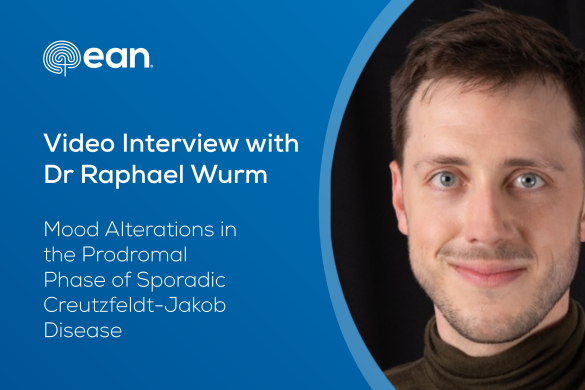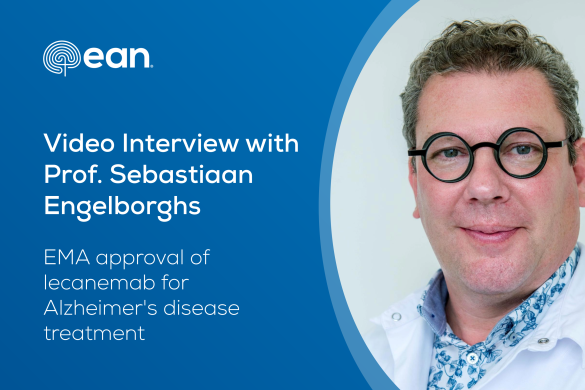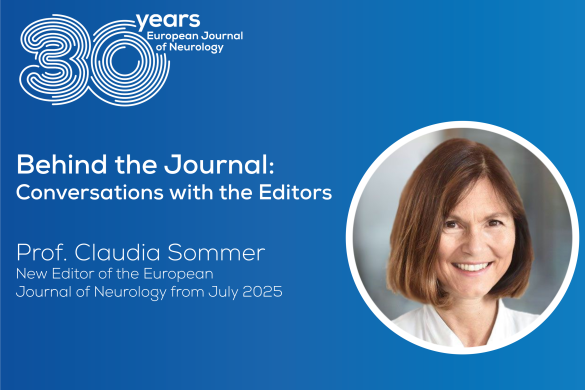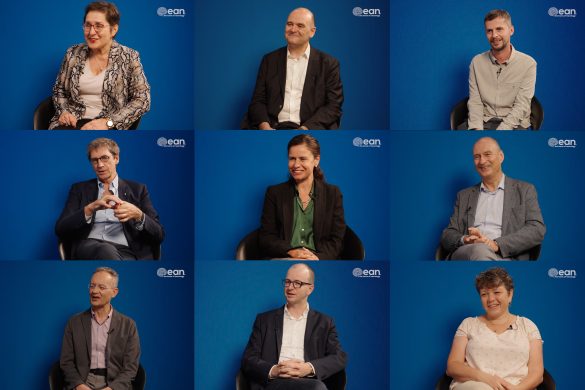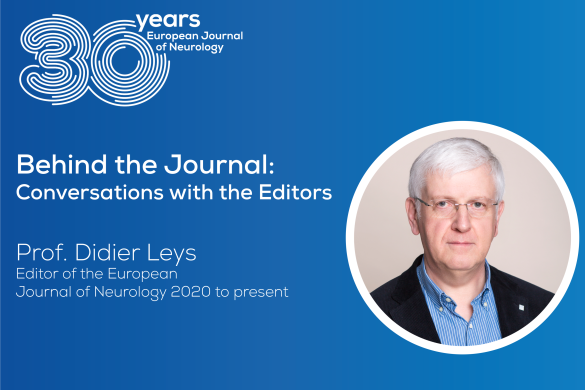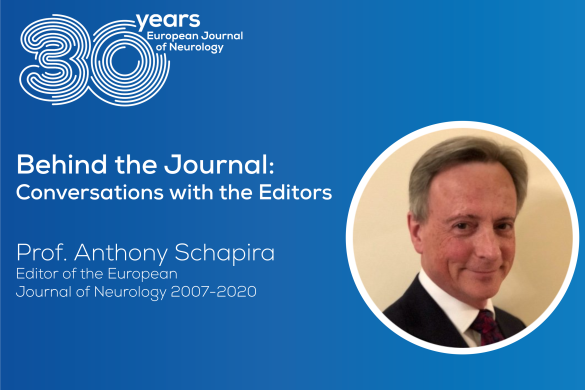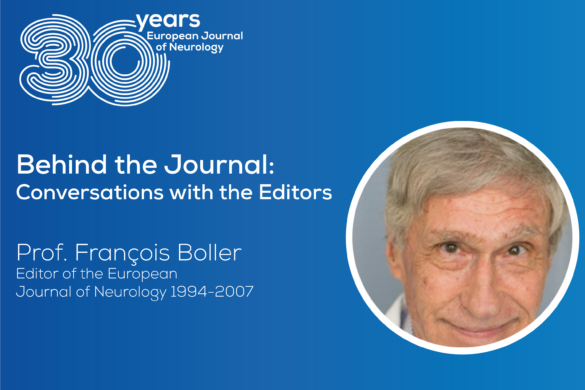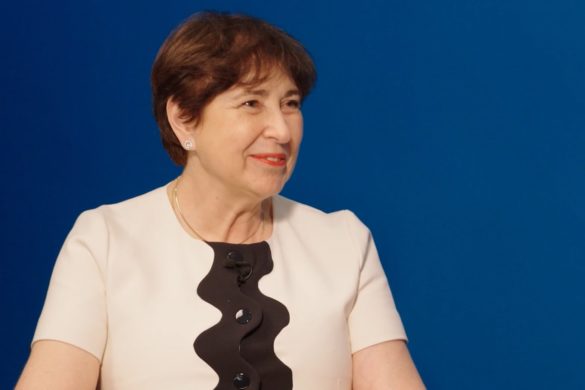by Prof. Dafin Muresanu, Chair of the EAN Communication Committee
National neurological societies are an essential part of the neurological ladscape in Europe, and EAN currently counts 47 of them as Full Institutional Members, creating an invaluable link between all of these organisations. In a new series of interviews, we are speaking to the presidents of these societies, to get to know a little more about their backgrounds, current activities and relationships with EAN. First in the series is the President of the Austrian Society of Neurology Prof. Thomas Berger.
Dafin Muresanu: Could you briefly summarise for EANpages readers the history of the Austrian Society of Neurology and its major achievements at national level?
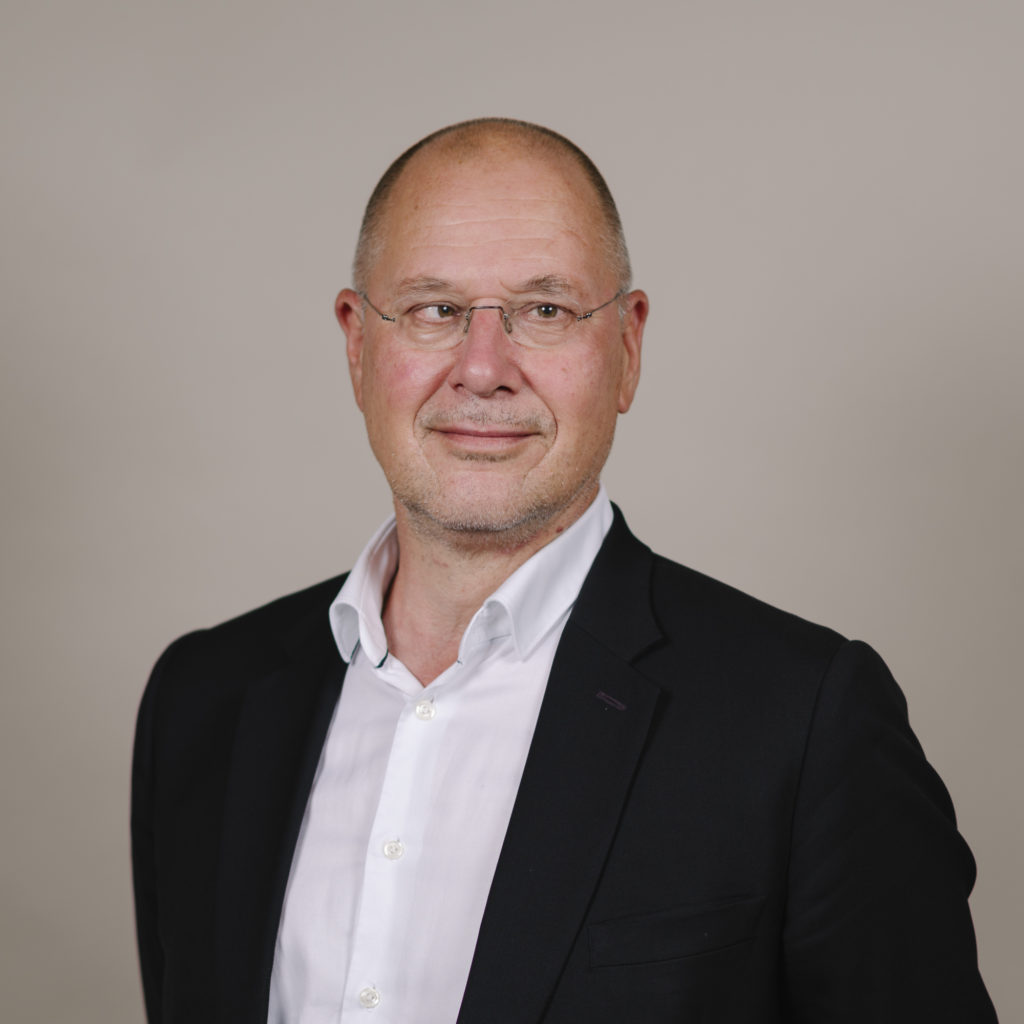
Thomas Berger: Neurology as a discipline in Austria dates back to the mid-19th century, with the founding of its first department of neurology in 1846 and the world’s first neurosciences institute in 1882 in Vienna. The country has been at the forefront of neurological developments ever since, achieved by numerous historically eminent researchers, such as T. von Meynert, C. Wernicke, H. Obersteiner, O. Marburg, S. Freud, J. Wagner-Jauregg, R. Barany, O. Loewi, E. Sträussler, J. v. Economo, P. Schilder, O. Hornykiewicz and many others.
…
However, it took more than a century until the Austrian Society of Neurology was founded in February 2001 as its own society. This was due to the partnership of neurology with psychiatry in the prior decades, as the Austrian Society for Neurology and Psychiatry, but as educational, clinical, and scientifically distinct and continuously diverging interests and demands within neurology and psychiatry emerged, the foundation of an autonomous neurological society was essential. Despite its relatively young age, the Austrian Society of Neurology was able to achieve and support major developments for neurology in Austria, as demonstrated by some following examples:
- According to the emerging importance of neurology, new neurological as well as dedicated neurorehabilitation departments have been established, which ensure qualified neurological patient care nowadays in every state in Austria.
- Together with the Austrian Society of Stroke Research, it was a huge success to implement the nationwide Austrian Stroke Pathway, which comprises mandatory stroke units in every neurological department as defined by the Federal and Regional Health Structure Plans, systematic and structured pre and post-hospital SOP’s and also DRG’s, as well as a nationwide Stroke Registry for documentation, quality control, and outcome research.
- The Austrian Society of Neurology also owns the Multiple Sclerosis Treatment Registry, which was established in 2006 and required (in accordance with the Austrian sick funds) mandatory documentation of MS patients receiving any modern disease-modifying therapy. This registry is part of a dense MS management and caregiving network in Austria, consisting of more than 100 hospital-based and office-based MS centers, which are certified and further continuously re-evaluated by the Austrian Society of Neurology. For this matter, an extensive educational programme is offered every year.
- In 2015, a new training curriculum for residents was implemented by the Austrian Chamber of Physicians. The two years before caused intensive efforts by the Austrian Society of Neurology to create a specific training curriculum in neurology, which meets the current but also future expanding demands for residents to acquire the best and highly qualifying knowledge, experiences, and skills in neurology. After 36 months of training in general neurology, the resident has to choose an additional 3 (out of 7) 9-month modules according to their specific interest, e.g., neurointensive care or neurorehabilitation. One of these modules is also dedicated to research, which is an important success because it ‘officially’ acknowledges that science is also an important content in neurology training. By the way: the Austrian training curriculum matches quite well the contents of the EAN European Training Requirements for Neurology.
- All the achievements mentioned above would not have been possible with the fundamental and permanent efforts to continuously raise awareness for neurology and neurological disorders in Austria. The Austrian Society of Neurology is thus regarded as a respectable and bona-fide partner for all health-specific stakeholders in Austria.
- The Austrian Society of Neurology is now a very active and vivid organisation with more than 1500 members (55% of whom are female) and with a strong commitment to joint efforts among its members in various professional settings, but also among its numerous and well-established associated partner societies.
DM: National Neurological Societies in Europe are the core membership of the EAN. As President of the Austrian national society, how would you like to see this cooperation improved?
TB: Austrian neurologists have already been intensely involved in the two preceding European neurological societies, especially in the foundation of the EFNS. Thus, it is a nearly inherited condition for Austrian neurologists to engage in neurological matters on a European level, especially of course for EAN. This is well mirrored by currently more than 20 Austrian neurologists serving as EAN officers. I do not see any need for EAN to improve the cooperation with the Austrian Society of Neurology. However, the need for improvement regards the Austrian Society of Neurology more endogenously in the sense of making the mission and advantages offered by EAN more public and more disseminated within the Austrian neurology community.
DM: How is the pandemic and COVID-19 affecting Austria, and how is your national society supporting neurology care during these times?
TB: The pandemic affects Austria in the same highly unpleasant and challenging way as other central European countries. The Austrian Society of Neurology has taken the lead – right from the beginning of the pandemic in March 2020 – to provide accumulated scientifically sound information and recommendations for the management of patients with neurological disorders to all neurologists in Austria regularly. The Austrian neurologists and patients highly appreciated this. As a result of this continuous information campaign, the caregiving to patients with neurological disorders was more or less unaffected, even in times of several lockdowns in Austria. This is substantiated by the fact that, e.g., the rate of thrombolysis/thrombectomy for acute stroke was in Austria nearly equal to the pre-pandemic era, and patients with neuroimmunological diseases were treated with immunomodulatory/immunosuppressive therapies more or less without any significant treatment delays.
DM: Hosting the EAN Congress is quite a significant event. How will this influence the work of your national neurological society?
TB: Indeed, hosting the EAN Congress in Vienna is an enormous honour and a highly prestigious event! Doubtless to say, this has a strong booster effect regarding awareness of neurology in general, but also specifically for us as the local host. The Austrian Society of Neurology is proud to welcome such an unbelievably large number of esteemed and distinguished European experts and speakers, and hopefully, an even larger number of participants coming from, close to, and even far from Europe! And we will, of course, ‘advertise’ locally as much as possible that Vienna acts as the ‘home of neurology’ for at least four days!
DM: Thank you very much for taking the time to share your thoughts with our readers.
